How NASA's James Webb Space Telescope will get ready for its first cosmic observations
Webb's instruments are being switched on as the telescope continues its commissioning.
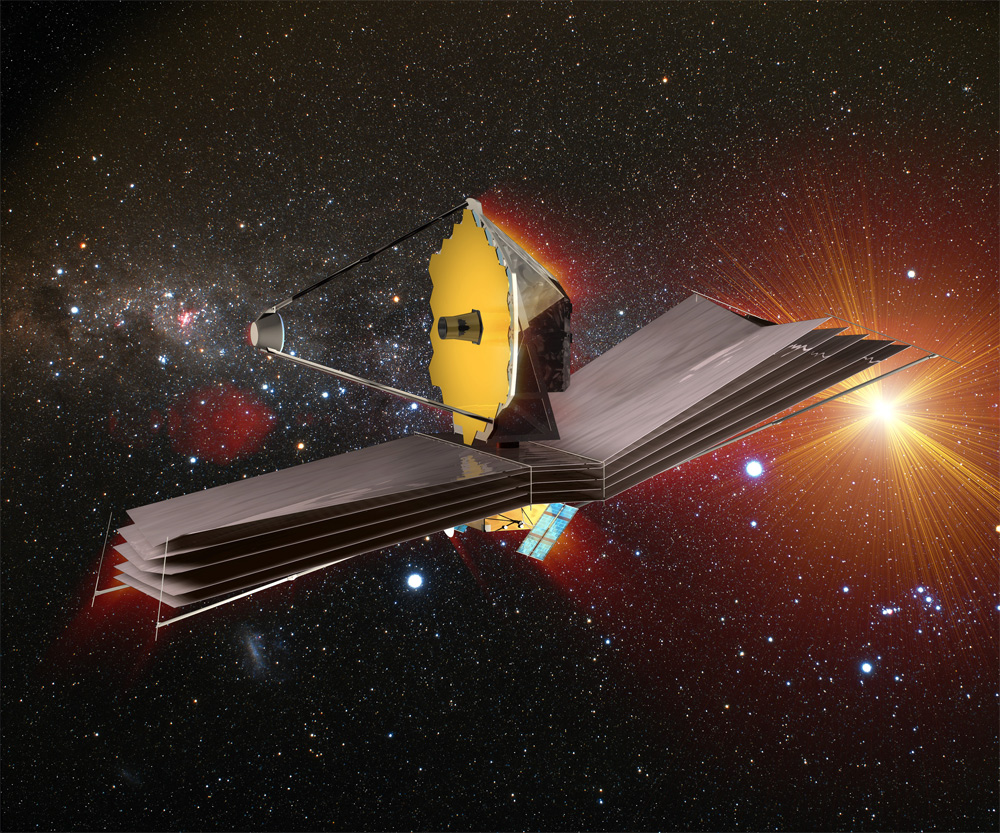
With NASA's newest space observatory exactly on schedule in its commissioning phase, the science team outlined their plan to make the most of this $10 billion opportunity.
The James Webb Space Telescope arrived days ago at its destination at the Earth-sun Lagrange Point 2 (L2), which is about 930,000 miles (1.5 million kilometers) away from our planet.
The principal investigators of the Webb science team outlined their plan in a town hall Friday (Jan. 28) hosted online by the Space Telescope Science Institute (STScI) in Baltimore.
The town hall took place as engineers continued to work on getting the observatory up and running. A key milestone, turning on its science instruments, happened this week. Technicians also continue to align the mirrors and otherwise ready the observatory through five more months of commissioning.
Related: How the James Webb Space Telescope works in pictures
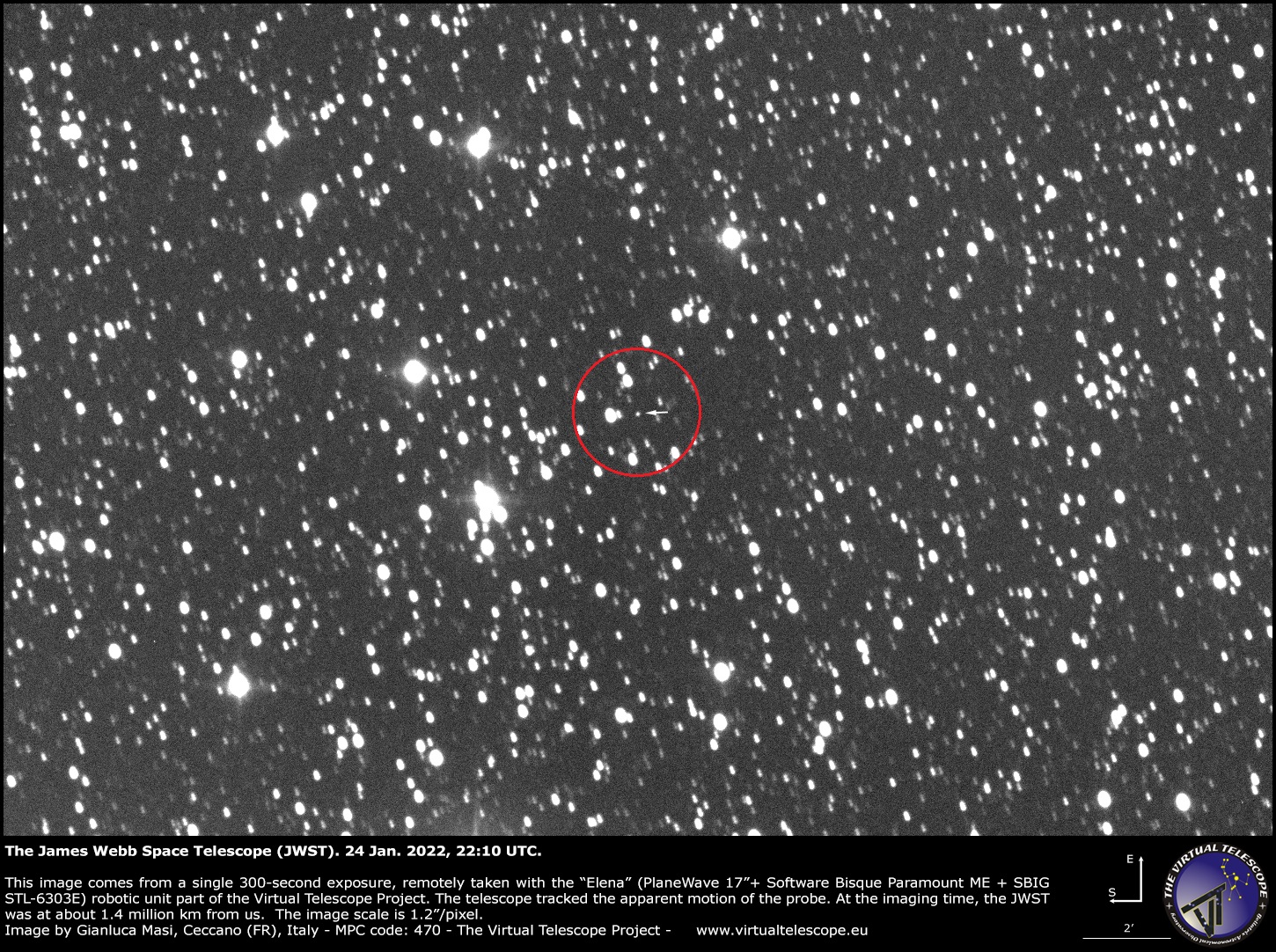
Jonathan Gardner, Webb deputy senior project scientist at NASA Goddard Space Flight Center in Greenbelt, Maryland, walked through the last few months of preparations before giving a brief update on how things are going in orbit. In a few words, everything is going to plan, he noted.
"There were 50 major deployments; they have all been successful," he said of the telescope's mirror unfolding, as an example of the major milestones Webb achieved.
Get the Space.com Newsletter
Breaking space news, the latest updates on rocket launches, skywatching events and more!
Meanwhile, amateurs and professionals alike area already sending back data from backyard observatories and professional locations. For example, he said, people have also been taking "light curves" at places such as the National Science Foundation's Green Bank Telescope.
Webb's brightness changes in a repeatable six-hour cycle as the observatory's solar array reflects a glint of sunlight back towards the Earth, during its regular spin, Gardner said. "The sunshield reflects the sunlight directly at the Earth, and [sometimes] has a glint and at other times, it's more diffuse light," Gardner said.
Commissioning is still going to take several more months, said Mike McElwain, Webb observatory project scientist at Goddard.
"We'll be aligning the telescope; that's about a three month process that we're planning to begin early next week," he said, noting that optical performance of the telescope will be assessed to (among other things) determine the amount of stray light being produced by the optics.
Optical commissioning will include several complex steps — sometimes sequentially and sometimes iteratively — such as identification of images, aligning different mirror segments, and eventually phasing the segments to within a fraction of a wavelength, McElwain noted.
To guide mirror alignment, the Webb team will focus each of the 18 primary mirror segments on a bright, distant star called HD 84406, which is part of the constellation Ursa Major ("the Great Bear").
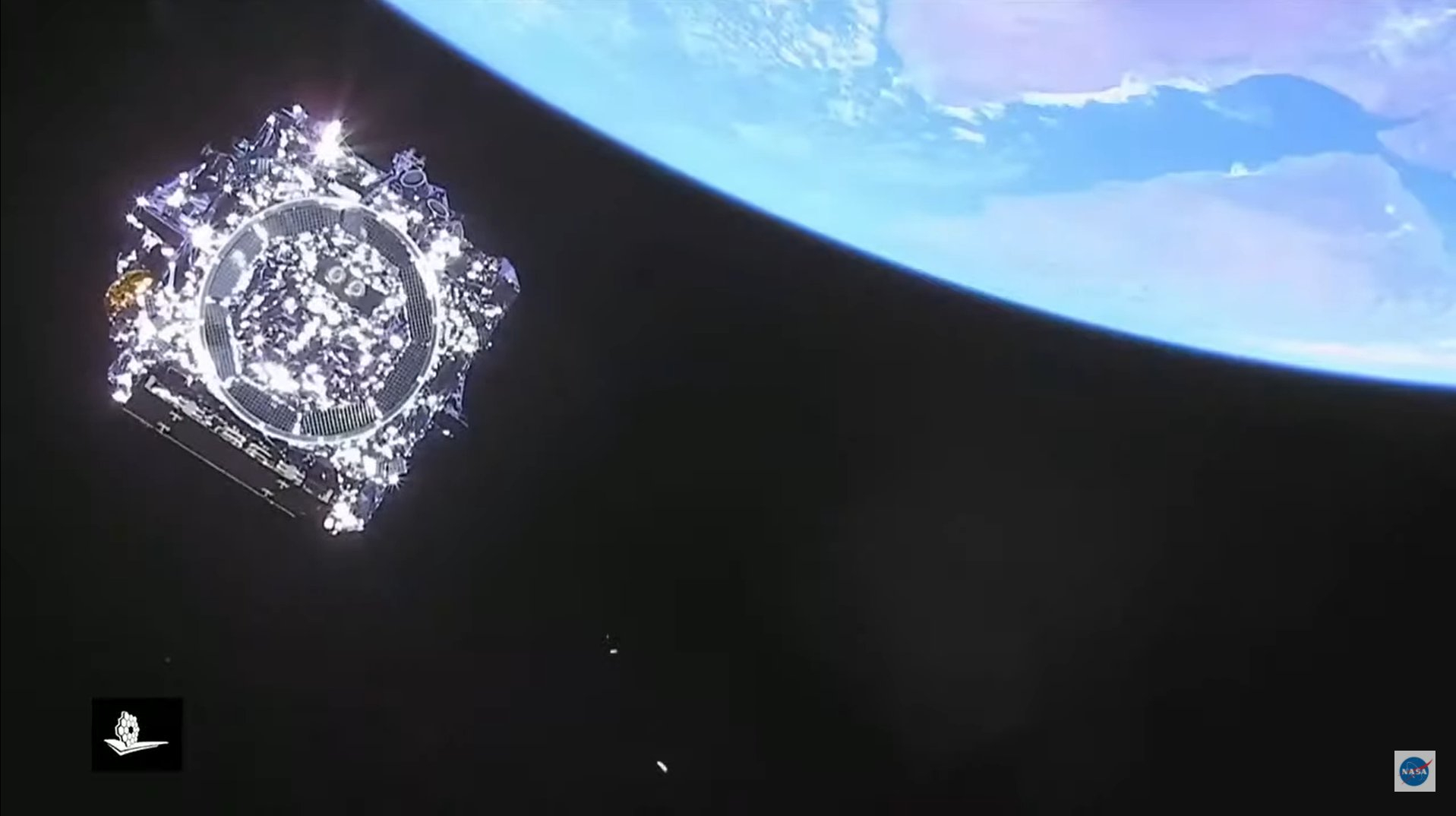
An "additional layer of complexity" during commissioning, McElwain noted, is that the telescope's performance will change as it continues to cool. Eventually Webb's operating temperature will be about 45 Kelvin or degrees above absolute zero, which is equal to minus 379 degrees Fahrenheit (minus 228 degrees Celsius), but commissioning is ongoing as the telescope changes temperature.
Webb will always have a slight "jitter," though, due to expected reaction wheel and cryocooler vibrations. The telescope will drift very slightly over time, too, due to solar heating on the observatory. While these disturbances to the telescope are expected to be very tiny, engineers will periodically make adjustments as required, McElwain said.

The team is now getting ready to transition into science operations through commissioning the instruments, an activity that was set to begin last week as the instruments turn on, said Jane Rigby, Webb operations project scientist at Goddard.
The instruments coming alive will kick off, Rigby said, a "two-month intense period where we check out the science instruments and get them ready for science operations."
Commissioning shows that the instruments are able to be calibrated, she noted, but calibration will not complete during the commissioning period. "Each observing mode has specific quantitative criteria for science readiness that say, 'Okay, this looks ready to go,' " Rigby said. "It doesn't mean it is perfect, [but] it means that this looks like it is ready to start science operations."
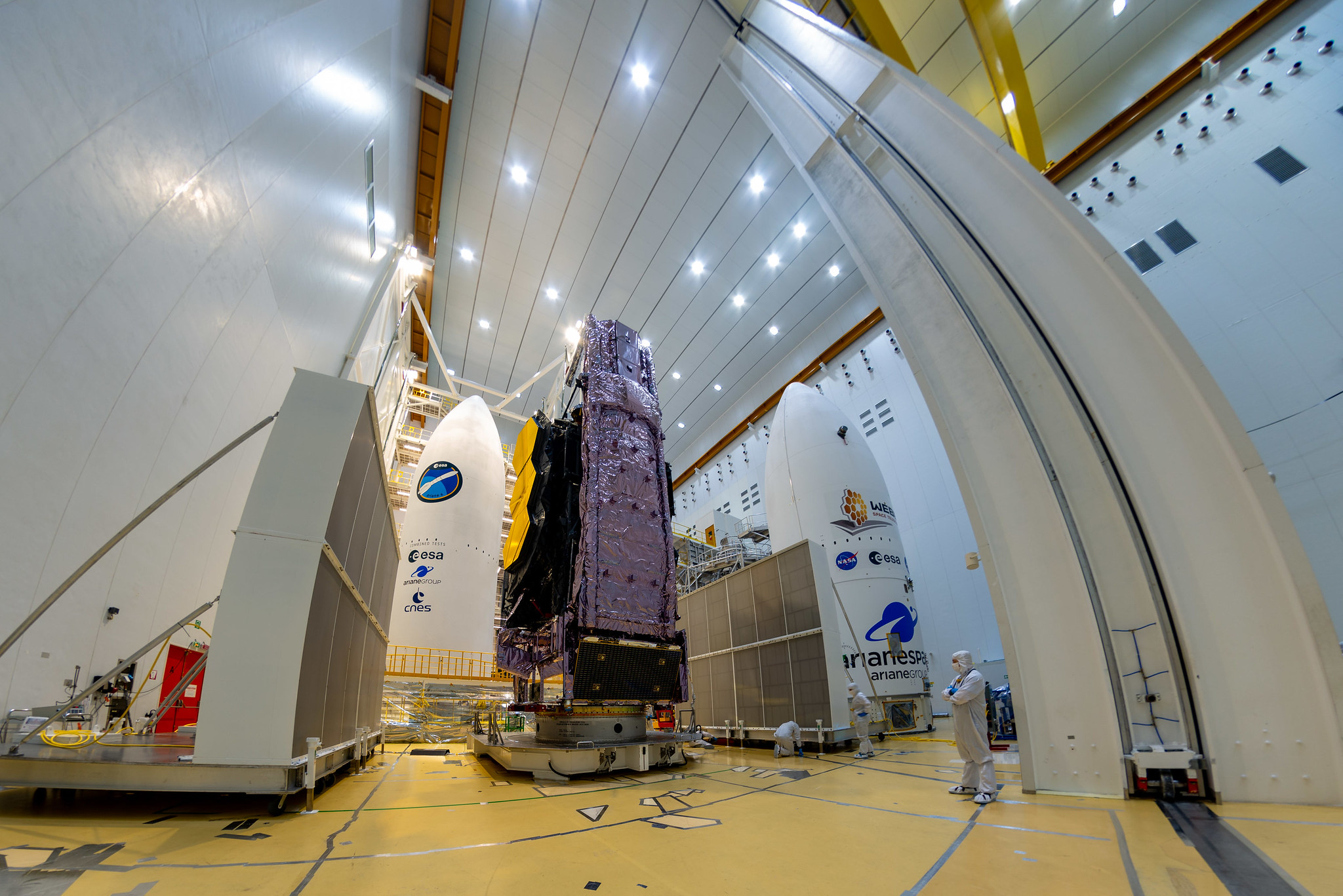
Full calibration will wait until Cycle 1, the first round of early science, which is expected to take place after the six-month mark of the mission, around June 25. This means the instruments will be fully readied for operations amid this data collection, she said. (A sample of Cycle 1 observations include coronagraphic observations of debris desks around some brighter stars, and a star that has a transiting super-Earth planet.)
Around the same time will come an early release of observations, including the first images. There will be a set of showcase images "designed to be on the front pages of media all around the world," Rigby said. But all the commissioning data will go public at that time, including "the good, the bad, and the ugly." The Webb team has been quiet about exactly which images will be released at this time.
Rigby repeated past estimates suggesting that Webb will have roughly 20 years' worth of fuel on board, but said that estimate will need to be refined as the telescope performs periodic thruster firings to "dump momentum" from torque induced on the observatory from the solar wind.
"That angular momentum is taken up by the reaction wheels, but then we have to spin those reaction wheels down by by firing the thrusters," Rigby said, estimating this activity will take place every three weeks. But the limiting lifetime problem on Webb, she added, will likely be the health of the instruments rather than its fuel.
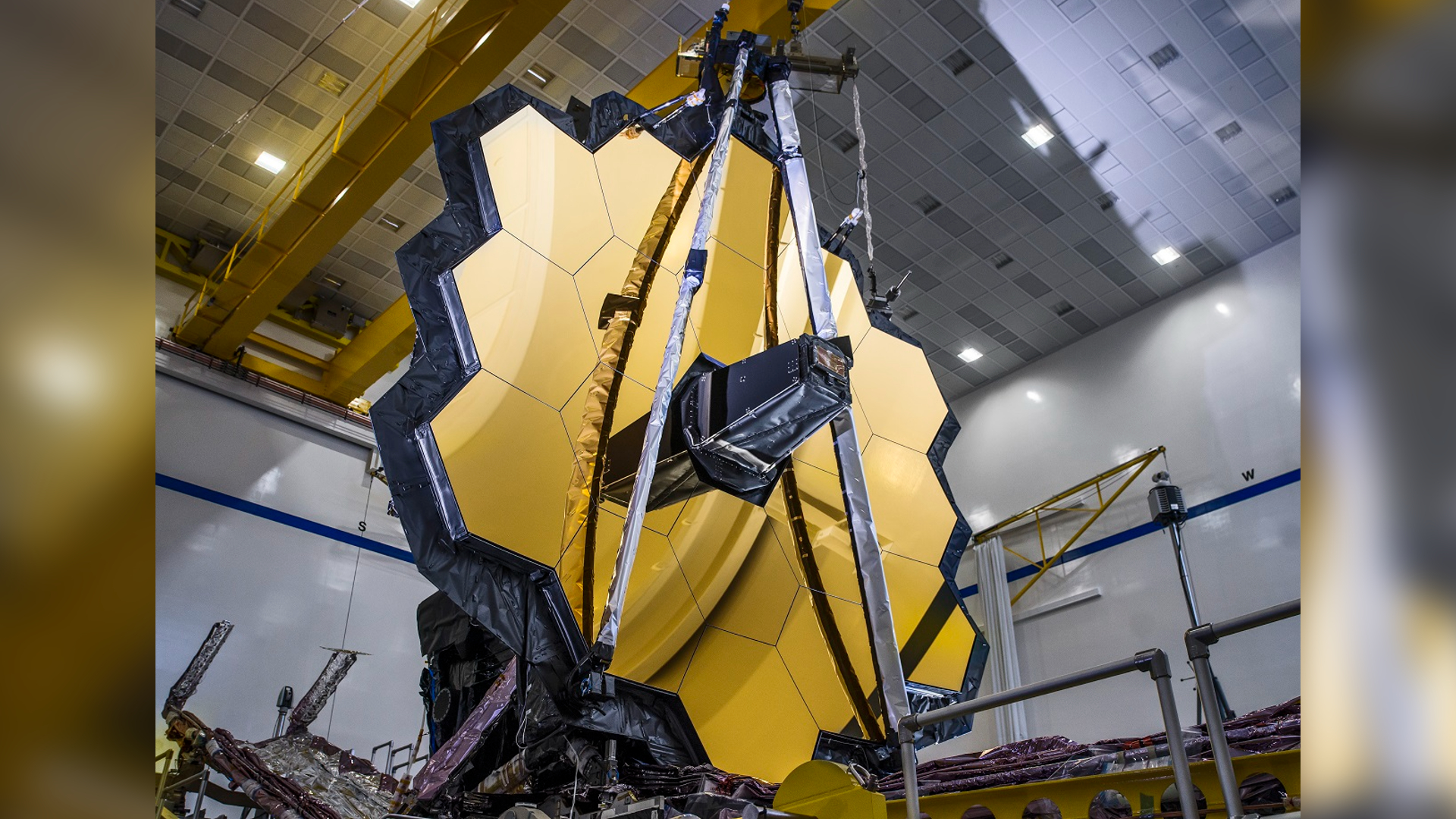
Normal science operations for Webb are already in the works, said Klaus Pontoppidan, Webb project scientist at STScI.
The "Cycle 1" proposals for early science, available on the STScI website, are already approved and scheduled, he said. Everything is in a long-range schedule and then every 10 days or so, the team draws up a shorter-range schedule that attempts to be flexible for unplanned events such as "targets of opportunity," meaning short-term phenomena in the sky like comets or supernovas.
"Cycle 2" proposals for operational science will likely be due in January 2023, assuming that the schedule continues to go to plan. An exact proposal submission date will be determined as commissioning proceeds, he said.
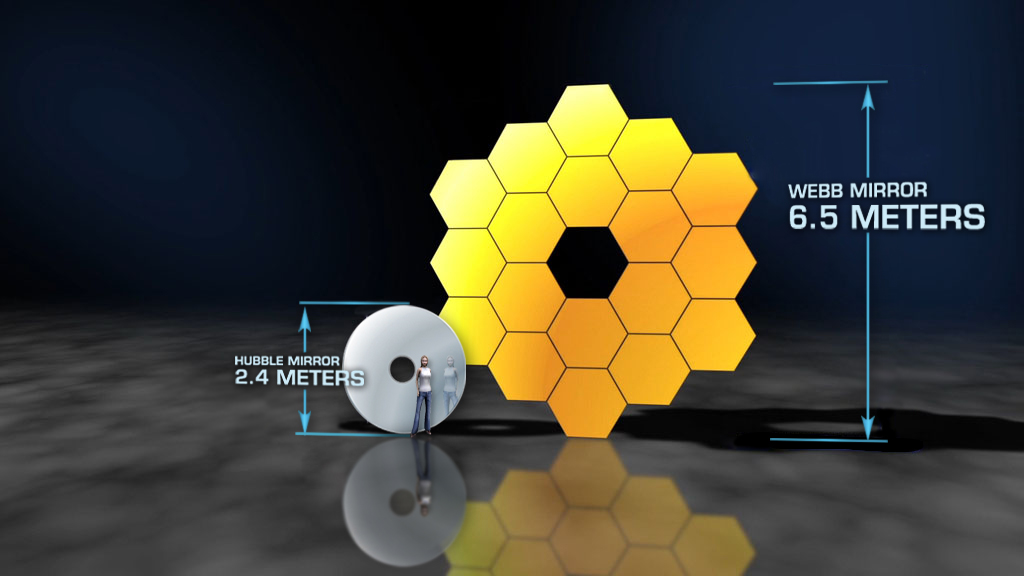
Webb will likely be highly oversubscribed for telescope time given its ambitious science agenda, which goes from learning about the early universe to studying celestial objects.
The question-and-answer session included queries about increasing the amount of Webb's observing budget, any efforts to increase equity, diversity and inclusion in science proposals, and a previous proposal to rename the telescope.
Officials including Webb program scientist Eric Smith (at NASA Headquarters) encouraged participants in the community to continue raising such questions to the team to adjust future science cycle proposals.
In the case of Webb's renaming, though, that decision came down to NASA's senior team and the telescope team is focusing on the telescope's commissioning, he said.
Follow Elizabeth Howell on Twitter @howellspace. Follow us on Twitter @Spacedotcom and on Facebook.
Join our Space Forums to keep talking space on the latest missions, night sky and more! And if you have a news tip, correction or comment, let us know at: community@space.com.

Elizabeth Howell (she/her), Ph.D., was a staff writer in the spaceflight channel between 2022 and 2024 specializing in Canadian space news. She was contributing writer for Space.com for 10 years from 2012 to 2024. Elizabeth's reporting includes multiple exclusives with the White House, leading world coverage about a lost-and-found space tomato on the International Space Station, witnessing five human spaceflight launches on two continents, flying parabolic, working inside a spacesuit, and participating in a simulated Mars mission. Her latest book, "Why Am I Taller?" (ECW Press, 2022) is co-written with astronaut Dave Williams.









